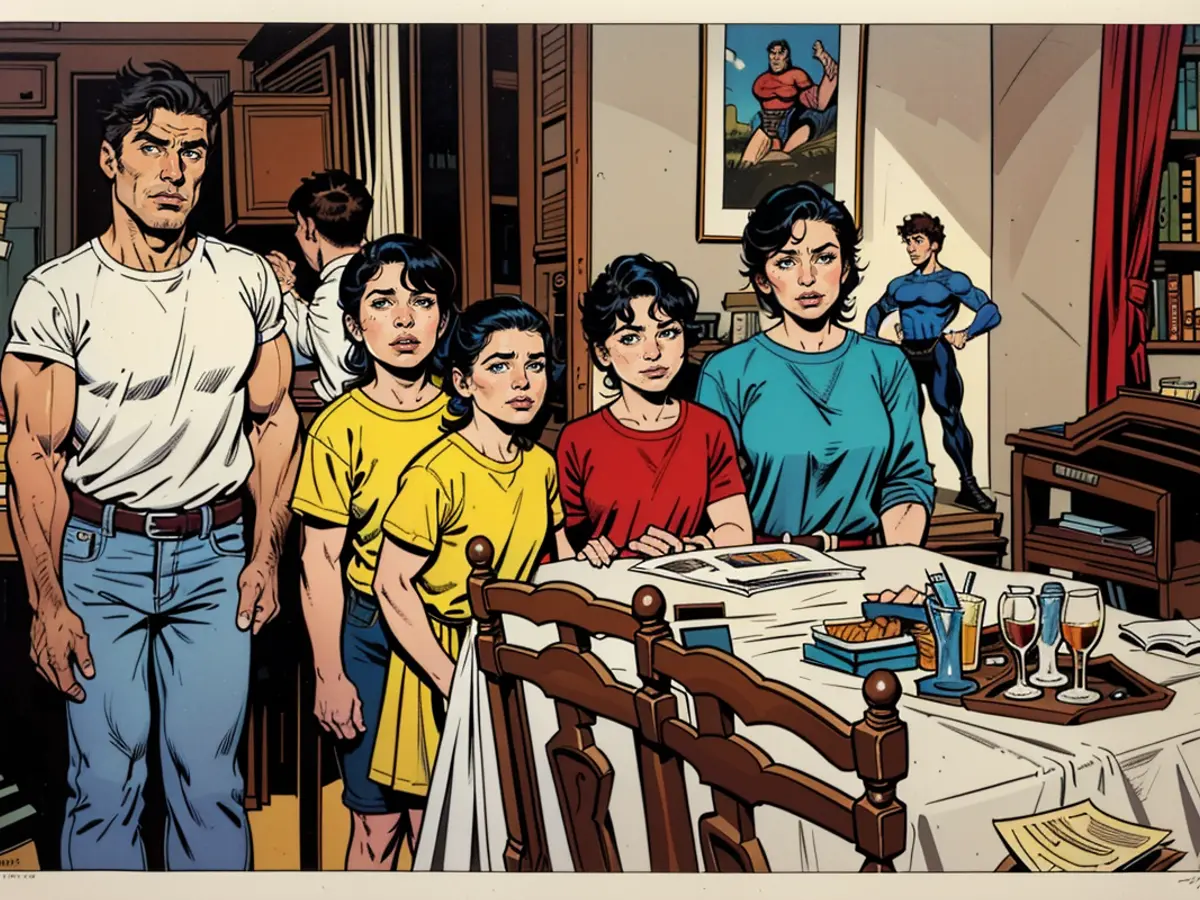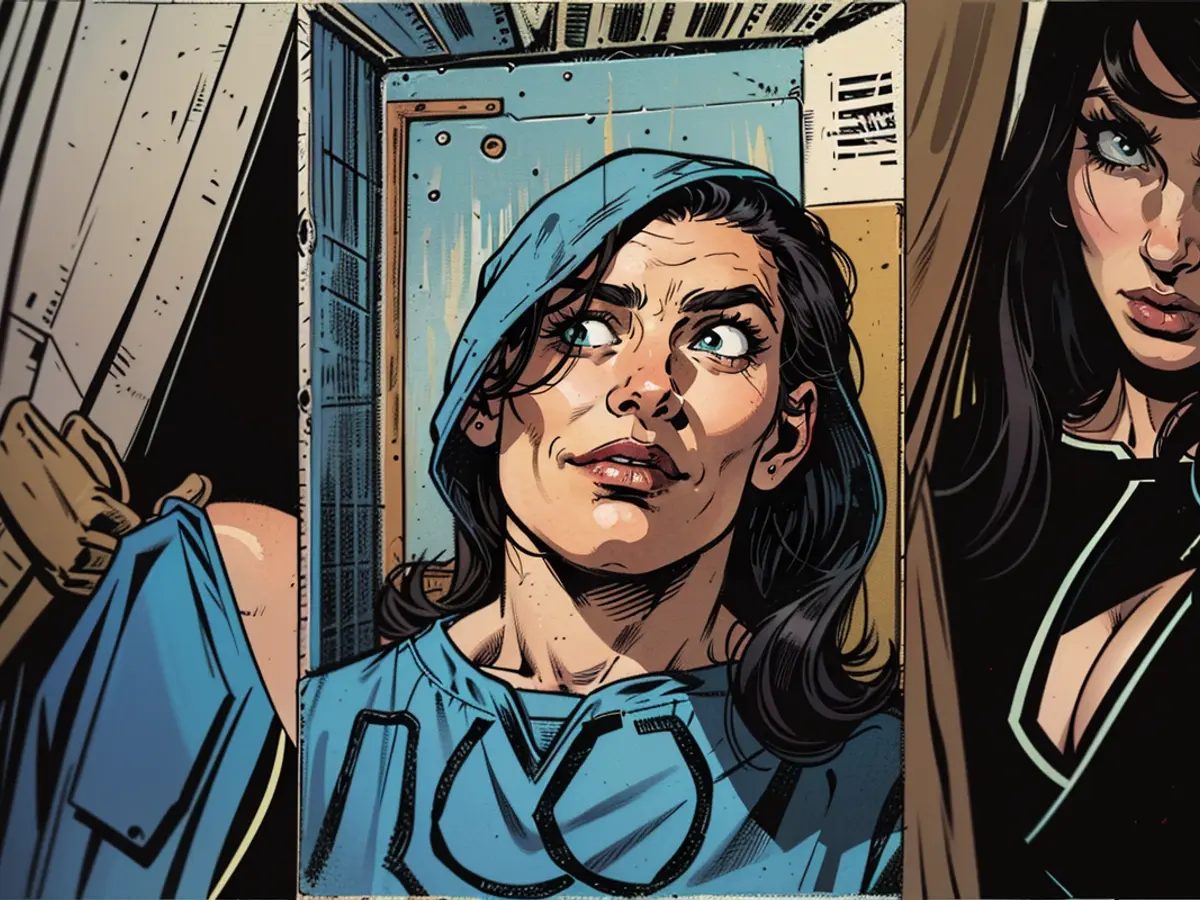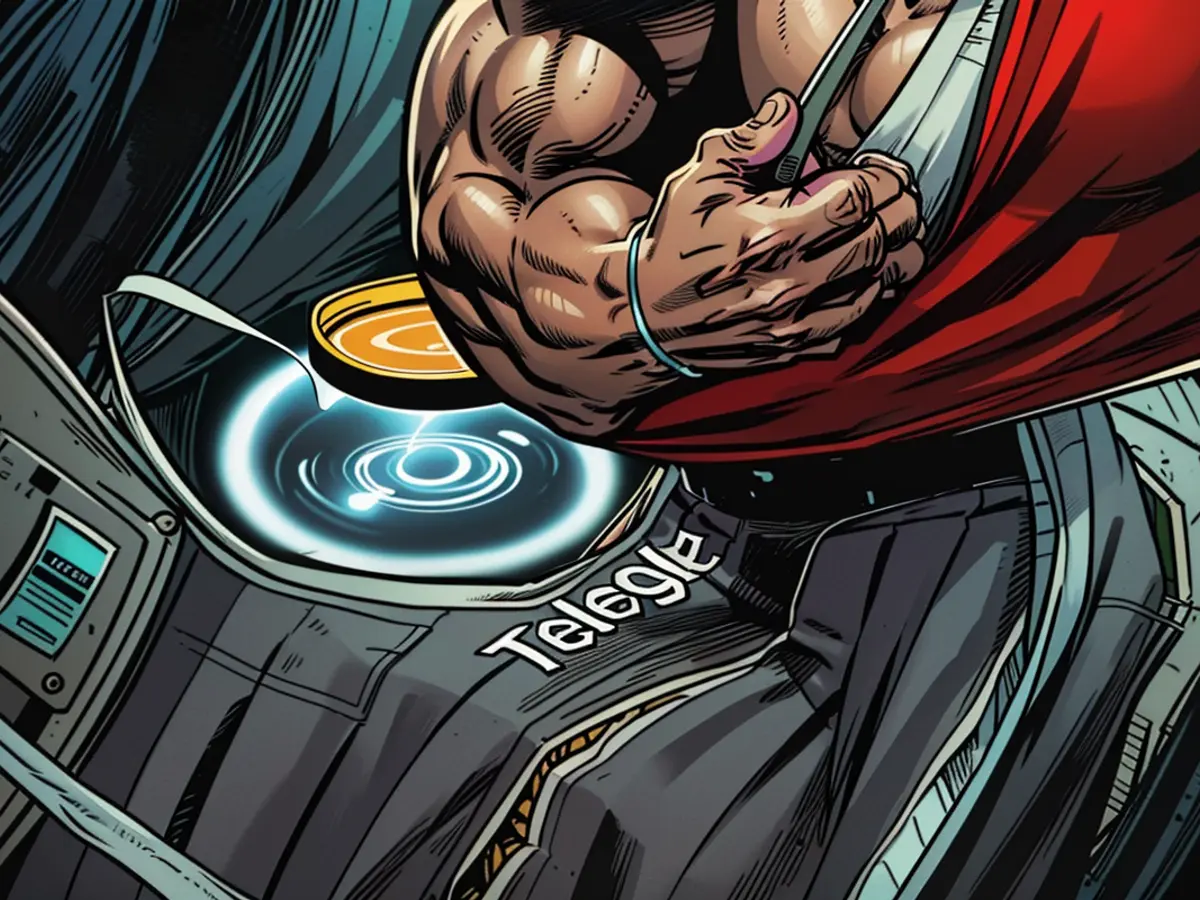Un mercante di rottami ha trovato un dipinto in cantina, i professionisti affermano che è un vero e proprio Picasso.
Luigi Lo Rosso trascorreva le sue giornate a setacciare case abbandonate e discariche, alla ricerca di tesori da rivendere nel negozio di pegni della sua famiglia a Pompeii, in Italia.
Nel 1962, ha trovato per caso un dipinto arrotolato che raffigurava una figura femminile irregolare nella cantina di una villa sulla costa di Capri.
Questo dipinto è ora considerato una versione distorta di Dora Maar, fotografa e poetessa francese e amante di Picasso, secondo Luca Gentile Canal Marcante, esperto d'arte e presidente onorario della Fondazione Arcadia, un'organizzazione svizzera di restauro per l'arte.
Il dipinto mostra lo stile asimmetrico di Picasso, con una donna in abito blu con rossetto rosso su tela.
A soli 24 anni, Lo Rosso non conosceva l'importanza della firma "Picasso" nell'angolo in alto a sinistra dell'opera, come ha condiviso con CNN suo figlio Andrea Lo Rosso.
Il padre Lo Rosso lo mise in una cornice economica e lo regalò a sua moglie, che lo considerava non degno di essere venduto.
Per circa 50 anni, ha adornato la casa della famiglia Lo Rosso prima di essere trasferito nel loro ristorante di famiglia.
"Quando mia madre lo appese al muro per decorare la casa, lo chiamò 'il scarabocchio' a causa della peculiarità del volto della donna ritratta, io non ero ancora nato", ha dichiarato Andrea Lo Rosso.
"Dalle storie di mio padre, so che due tele sono state recuperate dal sito della discarica di Capri. Tuttavia, solo una portava la firma di Picasso. Entrambe erano coperte di sporcizia e calce, e mia madre le pulì con il detersivo, come se fossero tappeti".
Durante gli anni della scuola elementare negli anni '80, Andrea Lo Rosso ha imparato dell'opera di Picasso "Buste de femme Dora Maar" da un libro di storia dell'arte, ha scoperto che il famoso artista spagnolo aveva vissuto a Capri negli anni '50 e ha pensato che il dipinto potesse avere valore.
thus, the family embarked on a multi-decade quest to authenticate the artwork's signature.
Art historians they consulted maintained it was a replica, but offered to buy it from them.
Suspicious, they registered the painting with Italia's patrimony police, who initially believed it to be stolen but allowed the family to keep it due to lack of authentication at the time.

The artwork has been kept in a vault in Milan since 2019. Last month, Cinzia Altieri, an authenticator for a patrimony court in Milan, concluded that the Picasso signature was genuine.
Altieri spent months examining the painting, comparing it to other Picasso works, and performing forensic tests to confirm its authenticity and the timing of its signing.
"There is no doubt that this is his signature," Altieri declared in a statement to the Italian media. "There was no evidence to suggest its falsity."
Marcante, an art expert who collaborates with the Lo Rosso family, confirmed his belief in the painting's authenticity.
The Lo Rossos' painting is estimated to be worth roughly €6 million ($6.6 million), based on current market value, as assessed by Altieri and Marcante.
If recognized by the Picasso Foundation in Paris, its value could increase dramatically.
"I'm excited but let's hold off on the celebrations until we've cleared the final hurdle," Andrea Lo Rosso noted.
"I continue to work every day, hoping that even in Paris they will acknowledge the painting's authenticity."
CNN has contacted the Picasso Foundation for comment.
Lo Rosso and his siblings stated they will auction the painting in honor of their father, should the Picasso Foundation recognize it, potentially increasing its value exponentially.
The painting's asymmetrical style is a testament to Picasso's unique artistry in the 'arts' world.Learning about Picasso's "Buste de femme Dora Maar" in an art history textbook sparked Andrea Lo Rosso's curiosity about the potential value of the painting.









